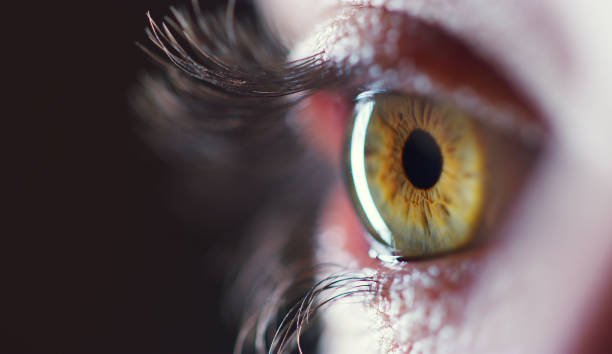
The human eye is a marvel of biological engineering, offering unparalleled vision capabilities that continue to astound researchers and enthusiasts alike. In this article, we delve into 50 amazing facts about human eye, shedding light on its intricate structure, evolutionary marvels, and fascinating capabilities.
1. The Window to the Soul
The phrase “the eyes are the window to the soul” holds more truth than mere metaphor. Eyes can convey a wealth of emotions and intentions through subtle movements and expressions, making them a cornerstone of non-verbal communication.
2. Precision Optics
The human eye can distinguish between approximately 10 million different colors, showcasing its extraordinary ability to perceive and differentiate various wavelengths of light.
3. Rapid Fire Blinking
On average, a person blinks around 15-20 times per minute, which amounts to approximately 1,200 times per hour and 28,800 times in a day. Blinking helps keep the eye lubricated and debris-free.
4. The Cornea's Clarity
The cornea, the transparent front part of the eye covering the iris and pupil, is incredibly clear and has no blood vessels. It focuses light into the eye, contributing significantly to our visual acuity.
5. The Pupil's Dance
The size of the pupil adjusts constantly to regulate the amount of light entering the eye. In bright conditions, the pupil constricts to reduce the light, while in dim conditions, it dilates to allow more light in for clearer vision.
6. Photoreceptor Prowess
Inside the retina, there are two types of photoreceptor cells: rods and cones. Rods are responsible for vision in low-light conditions, while cones detect color and detail in bright light.
7. Beyond Visual Perception
The human eye not only perceives light but also plays a crucial role in regulating our circadian rhythms through its sensitivity to light and darkness.
8. Tears of Joy (and Protection)
Tears produced by the lacrimal glands are essential for lubricating the eyes, washing away debris, and preventing infections. Emotional tears contain higher levels of stress hormones, suggesting a physiological response to emotional stress.
9. The Retina's Resolution
The retina contains approximately 130 million photoreceptor cells, enabling us to perceive fine details and sharp images.
10. Blink Reflex
The blink reflex is incredibly swift, occurring in just 100-150 milliseconds. This reflex protects the eye from potential damage or irritants.
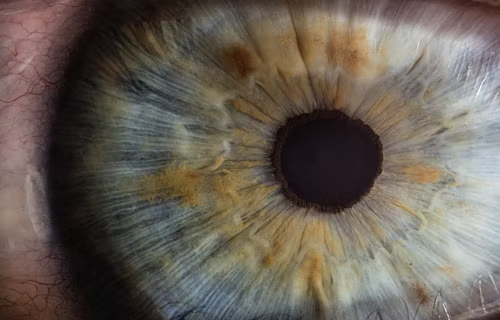
11. Eye Movements
Human eyes can move up to 100,000 times a day in saccades, rapid jerky movements that reposition the eye to focus on different points of interest.
12. Unique Iris Patterns
Similar to fingerprints, each person has a unique iris pattern. This uniqueness forms the basis of iris recognition technology used in security systems.
13. Lens Flexibility
The lens of the eye is flexible, allowing it to change shape to focus on objects at varying distances—a process known as accommodation.
14. Binocular Vision
Having two eyes positioned horizontally provides humans with binocular vision, enabling depth perception and better judgment of distances.
15. Night Vision Adaptation
It takes approximately 30 minutes for the human eye to fully adapt to darkness, during which time the eyes become more sensitive to low light.
16. Optical Illusions
The human eye can be easily tricked by optical illusions, showcasing both the brain’s ability to interpret visual data and its susceptibility to misinterpretations.
17. Eye Color Genetics
Eye color is determined by the amount and distribution of melanin in the iris, with variations ranging from shades of brown to blue, green, and hazel.
18. Visual Field
Each eye has a visual field of approximately 120 degrees horizontally and 90 degrees vertically, providing a broad scope of vision.
19. Eye Health Indicators
The condition of the eyes can reveal underlying health issues, such as diabetes, hypertension, and neurological disorders, making regular eye exams crucial for overall health monitoring.
20. Tear Composition
Tears are composed of water, oils, mucus, antibodies, and lysozymes—a blend that helps maintain eye health by protecting against infections.
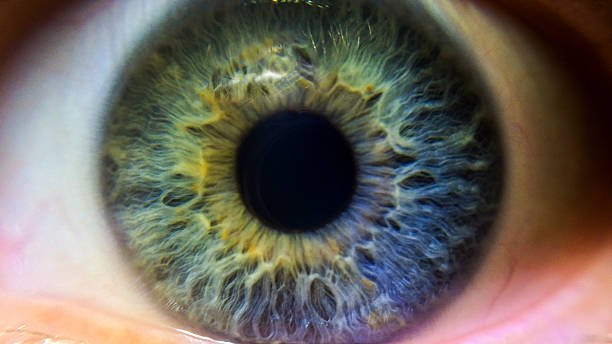
21. Rapid Focusing
The human eye can focus and refocus swiftly, adjusting from a distant object to a near one in fractions of a second.
22. Peripheral Vision
While central vision provides detailed focus, peripheral vision detects motion and helps maintain situational awareness—a crucial survival trait.
23. Evolution of Vision
The human eye has evolved over millions of years, adapting to various environmental challenges to become the complex organ it is today.
24. Optic Nerve Transmission
Information gathered by the retina is transmitted to the brain via the optic nerve, where it is processed into meaningful visual perceptions.
25. Pupillary Light Reflex
The pupillary light reflex is an automatic response where both pupils constrict when exposed to bright light, protecting the retina from excessive light exposure.
26. Eye Fatigue
Extended periods of screen time can lead to digital eye strain, characterized by symptoms such as dryness, irritation, and blurred vision.
27. Eyelid Protection
Eyelids not only blink to keep the eye moist but also act as a protective barrier against foreign objects and excessive light.
28. Eye Size Variability
Human eye sizes vary, with some individuals having larger or smaller eyes, which can influence visual acuity and light sensitivity.
29. Visual Cortex Processing
Visual information processed by the brain’s visual cortex helps interpret shapes, colors, and spatial relationships, allowing for complex visual perception.
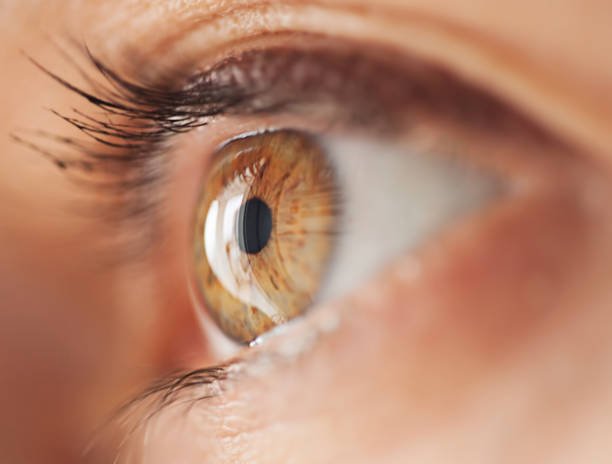
30. Melatonin Regulation
Exposure to natural light influences melatonin production, which in turn affects sleep-wake cycles and overall circadian rhythms.
31. Eye Muscle Coordination
Six muscles surrounding each eye coordinate precise movements, allowing for smooth tracking of moving objects and stable vision.
32. Ocular Blood Flow
The eyes receive oxygen and nutrients through a dense network of blood vessels, ensuring optimal function and health.
33. Tear Film Stability
A stable tear film is essential for clear vision, as it smooths the surface of the cornea and helps maintain moisture balance.
34. Eye Development in Infants
Infants’ eyes continue to develop after birth, with vision improving over the first few months as the visual system matures.
35. Eye Anatomy Variations
While the basic anatomy of the human eye remains consistent, there are variations in structure and size among individuals that can affect visual function.
36. Protective Reflexes
Eyelashes and eyebrows help shield the eyes from dust, sweat, and other debris, reducing the risk of irritation and infections.
37. Visual Memory
The brain’s ability to retain and recall visual information supports tasks such as recognizing faces, navigating environments, and learning new visual patterns.
38. Eye Color Changes
Eye color can change over time due to factors such as aging, illness, medication, or even emotional state, reflecting broader physiological changes.
39. Optical Coherence Tomography (OCT)
Optical Coherence Tomography (OCT) imaging technology delivers intricate cross-sectional images of the retina, significantly enhancing the diagnosis and treatment of a wide range of ocular conditions.
40. Contact Lens Innovation
Advancements in contact lens technology have led to more breathable, comfortable lenses that correct vision and enhance eye health.

41. Eye Surface Tension
Surface tension at the air-tear interface helps maintain the tear film’s stability and supports optimal optical clarity.
42. Eye Protection Mechanisms
In addition to eyelids and lashes, the eye is protected by the bony orbit of the skull, shielding it from direct impact and injury.
43. Visual Acuity Testing
Snellen charts are commonly used to measure visual acuity, assessing how well individuals can see at various distances.
44. Age-Related Vision Changes
As people age, changes in the eye’s structure and function can lead to conditions such as presbyopia, cataracts, and age-related macular degeneration.
45. Eye Safety Practices
Wearing protective eyewear during activities such as sports, construction work, or DIY projects reduces the risk of eye injuries and trauma.
46. Eye-Brain Connection
The visual cortex interprets signals from the eyes to create a cohesive visual experience, integrating sensory input with cognitive processing.
47. Eye Surgery Innovations
Technological advancements in laser eye surgery, such as LASIK and PRK, offer precise vision correction and rapid recovery times for eligible candidates.
48. Eye Movement Disorders
Conditions like strabismus (crossed eyes) or nystagmus (involuntary eye movements) can affect vision alignment and require specialized treatment.
49. Cultural Significance of Eyes
Across different cultures, eyes symbolize various concepts such as wisdom, perception, protection, and spiritual insight, influencing art, literature, and beliefs.
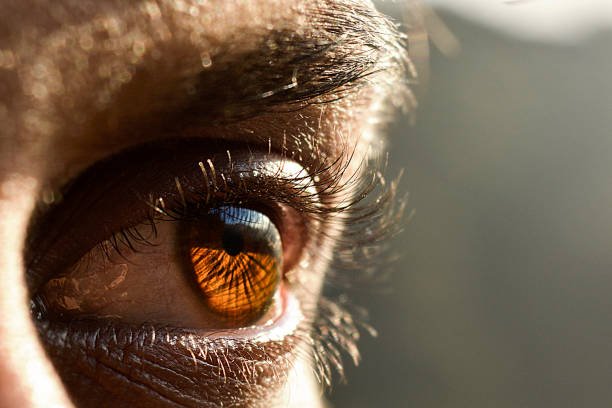
50. Visionary Future
Continued research into ocular genetics, regenerative therapies, and wearable technologies promises to enhance vision care, addressing both corrective and preventive measures for eye health.
Share this |
FAQs on Human Eye
Eyes convey a wealth of emotions and intentions through subtle movements and expressions, making them a cornerstone of non-verbal communication.
The human eye can distinguish approximately 10 million different colors.
On average, a person blinks around 15-20 times per minute, amounting to approximately 1,200 times per hour and 28,800 times per day.
The cornea is incredibly clear and has no blood vessels, focusing light into the eye and contributing significantly to visual acuity.
The pupil constricts in bright light to reduce light intake and dilates in dim conditions to allow more light in for clearer vision.
The retina contains rods and cones. Rods are responsible for vision in low-light conditions, while cones detect color and detail in bright light.
The eyes play a crucial role in regulating circadian rhythms through their sensitivity to light and darkness.
Tears lubricate the eyes, wash away debris, and prevent infections. Emotional tears also contain higher levels of stress hormones.
The retina contains approximately 130 million photoreceptor cells.
The blink reflex occurs in just 100-150 milliseconds to protect the eye from potential damage or irritants.
Human eyes can move up to 100,000 times a day in rapid, jerky movements called saccades.
Great information… Loved to read it